This article was medically reviewed by Sarah Gehrke, RN, MS. Sarah Gehrke is a Registered Nurse and Licensed Massage Therapist in Texas. Sarah has over 10 years of experience teaching and practicing phlebotomy and intravenous (IV) therapy using physical, psychological, and emotional support. She received her Massage Therapist License from the Amarillo Massage Therapy Institute in 2008 and a M.S. in Nursing from the University of Phoenix in 2013.
There are 9 references cited in this article, which can be found at the bottom of the page.
This article has been viewed 171,326 times.
Scabs are a sign of healing, but they might make you feel uncomfortable or even cause pain, especially if they’re on your face. You might not be sure how to comfortably and quickly heal them. But never fear! You can heal scabs on your face by keeping your skin clean and promoting healing with home care.
Steps
Warnings
- Seek prompt medical attention if you have intense itching, irritation, or signs of infection on your scabs. Symptoms of infection include warmth, redness, or pus draining you’re your scabs.[11]⧼thumbs_response⧽
References
- ↑ https://medlineplus.gov/ency/patientinstructions/000741.htm
- ↑ http://www.woundsource.com/patientcondition/moisture-associated-skin-damage-masd
- ↑ https://www.aad.org/public/everyday-care/skin-care-basics/care/face-washing-101
- ↑ https://www.aad.org/public/everyday-care/injured-skin/burns/wound-care-minimize-scars
- ↑ https://www.ncbi.nlm.nih.gov/pmc/articles/PMC1420733/
- ↑ https://pubmed.ncbi.nlm.nih.gov/16752710/
- ↑ https://www.ncbi.nlm.nih.gov/pmc/articles/PMC1420733/
- ↑ https://medlineplus.gov/ency/patientinstructions/000741.htm
- ↑ https://www.aad.org/public/everyday-care/injured-skin/burns/wound-care-minimize-scars
About This Article
If you have scabs on your face that you’d like to heal, keep the area clean by washing it twice a day with clean, warm water and a gentle cleanser, then pat your face dry with a soft, clean towel. Dab a thin layer of an over-the-counter antibiotic cream over the scabs, then cover them with a bandage to protect them. Don’t scratch or pick at the scabs, and avoid wearing products that contain fragrances or oils on your face while the scabs are healing, as they can cause irritation. Keep reading for tips from our medical reviewer to learn the signs that your scabs are becoming infected.
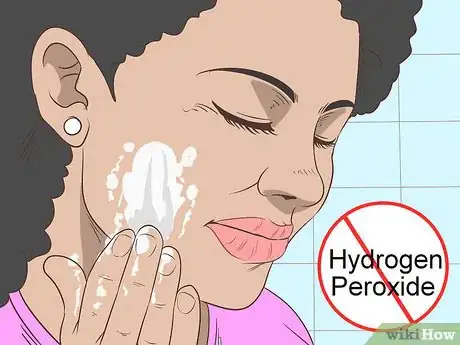
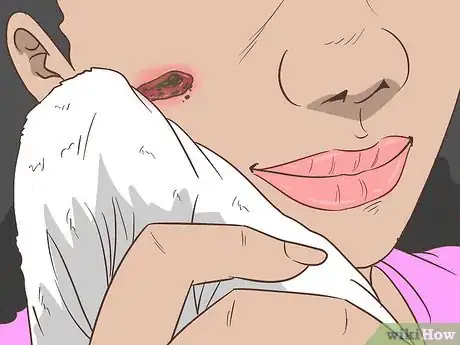
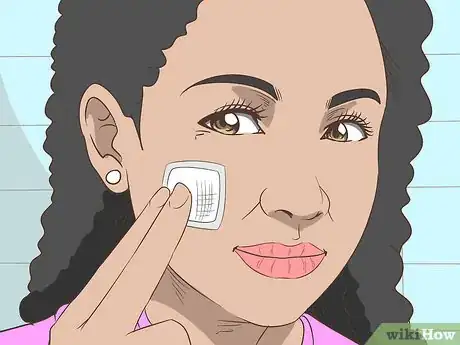
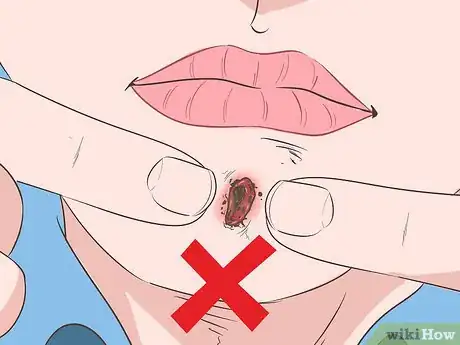
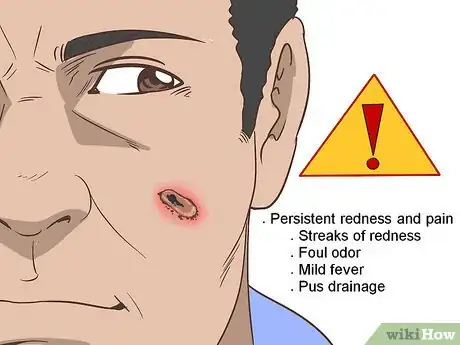
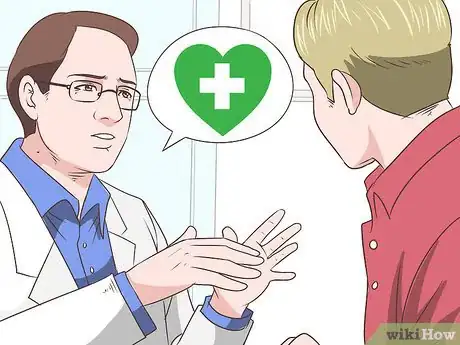


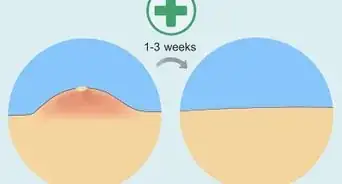
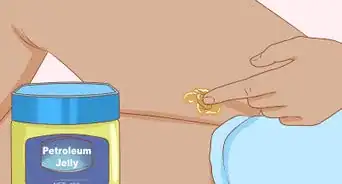
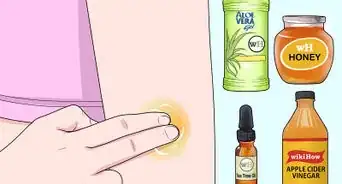
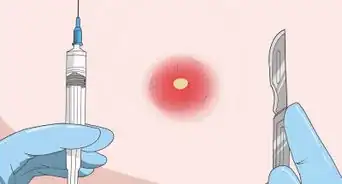
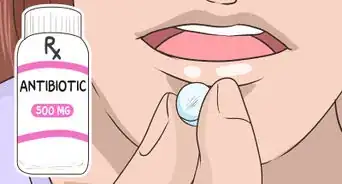



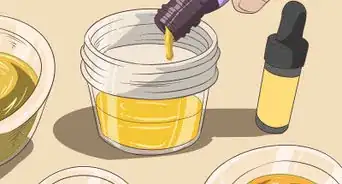











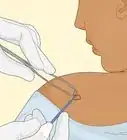
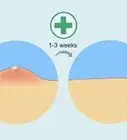
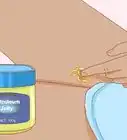



































Medical Disclaimer
The content of this article is not intended to be a substitute for professional medical advice, examination, diagnosis, or treatment. You should always contact your doctor or other qualified healthcare professional before starting, changing, or stopping any kind of health treatment.
Read More...